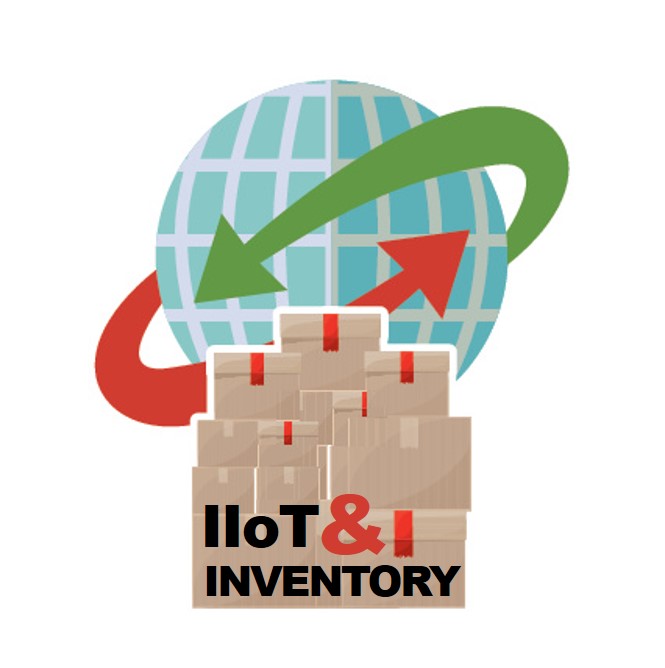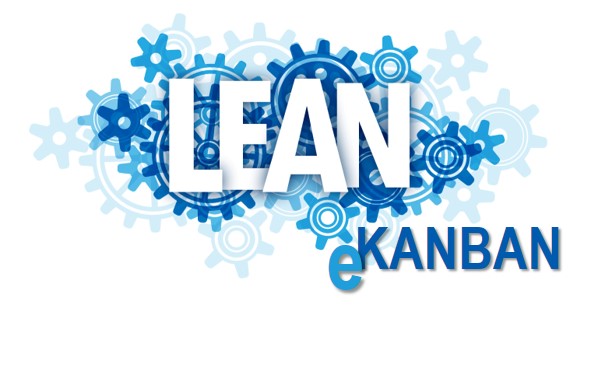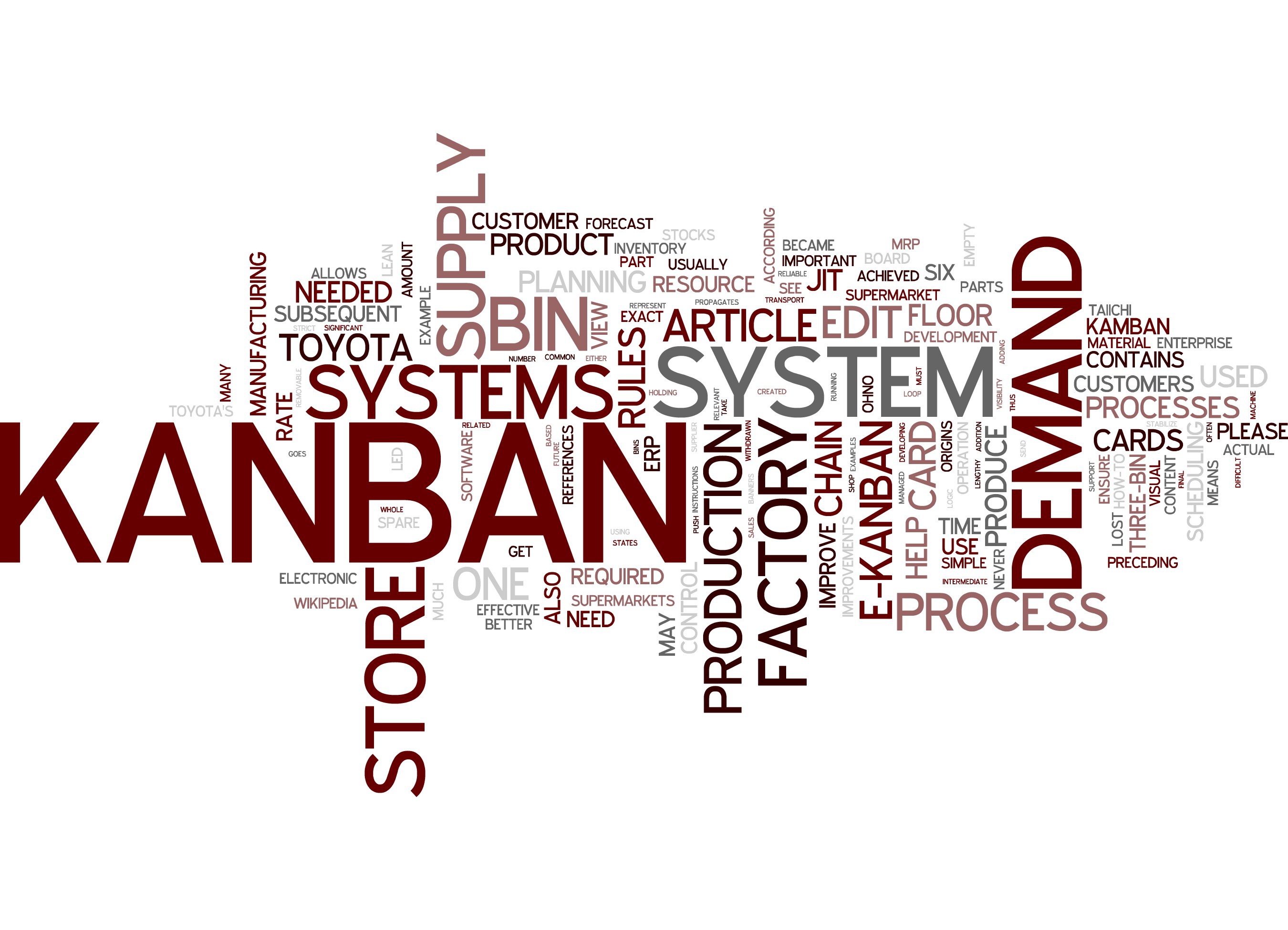Category: Inventory
-

The Future of the Organization is On Your Shoulders
Imagine this: You’re in a high-level planning meeting with senior leadership, when the CEO and CFO issue a clear mandate: Get inventory levels under control. The VP of Sales, never being one to hold back an opinion, steps in to argue that the organization needs to become more competitive if it’s to survive. Right…
-

How the Internet of Things Can Help You Lower Inventory Levels
McKinsey Global Institute predicts the Industrial Internet of Things (IIoT) will have an economic impact of up to $11 billion by 2025. As much as $3.7 billion of that is expected to come from manufacturing improvements in things like operations management and predictive maintenance. The word seems to have gotten out. In a 2016 study…
-

It’s Time to Revisit Vendor Managed Inventory
A few decades ago, Vendor Managed Inventory (VMI) was a hot topic. Many manufacturers saw it as a way to reduce inventory levels and costs. If they could get their suppliers to maintain ownership of raw materials or subcontracted components until consumed, inventory levels would naturally drop—on paper anyway. Because they were giving most, or…
-

Guest Blog: Real-world Advice for Getting Started on eKanban
by Jim Shore Through this guest blog series, I’d like to share some of my experiences implementing supplier quality and Lean manufacturing initiatives by focusing on eKanban systems. This first entry offers advice for planning an eKanban rollout – suggestions that can also be applied across any Lean manufacturing project. As a result, my hope…
-

Doing more with less: Learning from Kanban
The manual Kanban cards that were the precursor to Lean Manufacturing have evolved into eKanban systems that automate inventory replenishment and reduce material waste… READ MORE on our guest post on EBN, the premier online community for global supply chain professionals.
-

It’s Time to Revisit Vendor Managed Inventory
A few decades ago, Vendor Managed Inventory (VMI) was a hot topic. Many manufacturers saw it as a way to reduce inventory levels and costs. If they could get their suppliers to maintain ownership of raw materials or subcontracted components until consumed, inventory levels would naturally drop—on paper anyway. Because they were giving most, or…
